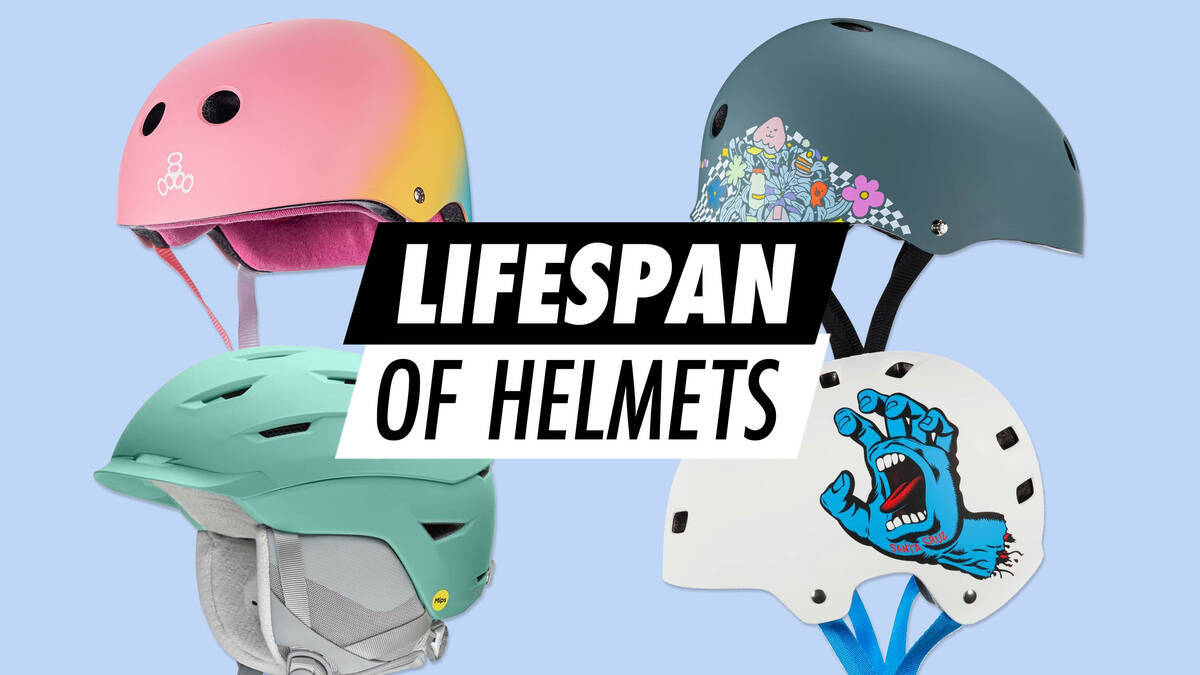Lifespan of Helmets

It's essential to replace your helmet should it exhibit any cracks or dents, ensuring that the buckle, straps, and any adjustable sizing mechanism remain intact.
Helmets, whether for cycling or skating, have limited lifespans. Hence, recognising damage and wear is crucial, as they diminish the helmet's protective capabilities.
When is it Time to Replace My Helmet?
Any helmet, be it for skating or cycling, requires replacement after a substantial impact, regardless of visible damage. The interior might have fractured without outward signs. Perspiration can also compromise the foam, affecting the inner lining's shock-absorbing qualities. If there are any signs of degradation or cracks within the foam, it's time to replace your helmet.
Regular users are advised to replace their helmets once every five years.
As children grow, it's crucial to ensure the helmet continues to fit securely and provide adequate protection.
How Can I Inspect My Helmet?
If any of these questions garner an affirmative response, your cycle helmet or skate helmet is in unsatisfactory condition and needs replacement.
- Are there any fractures, scrapes, or dents on the outer shell? Check the outer surface. A faded colour may suggest UV radiation and wind have weakened the plastic, necessitating a new helmet.
- Is the inner shell showing signs of cracks or ageing? Rotate the helmet, remove the padding, and inspect the inner shell thoroughly.
- Do the buckles and straps function inadequately? Verify that the buckles snap together securely and the straps remain intact and undamaged.
- Are there difficulties with adjusting the size-adjustable mechanism? Many helmets feature an adjustable rotary mechanism at the rear for achieving a customised and snug fit. If this functionality is impaired, it's time for a replacement.
